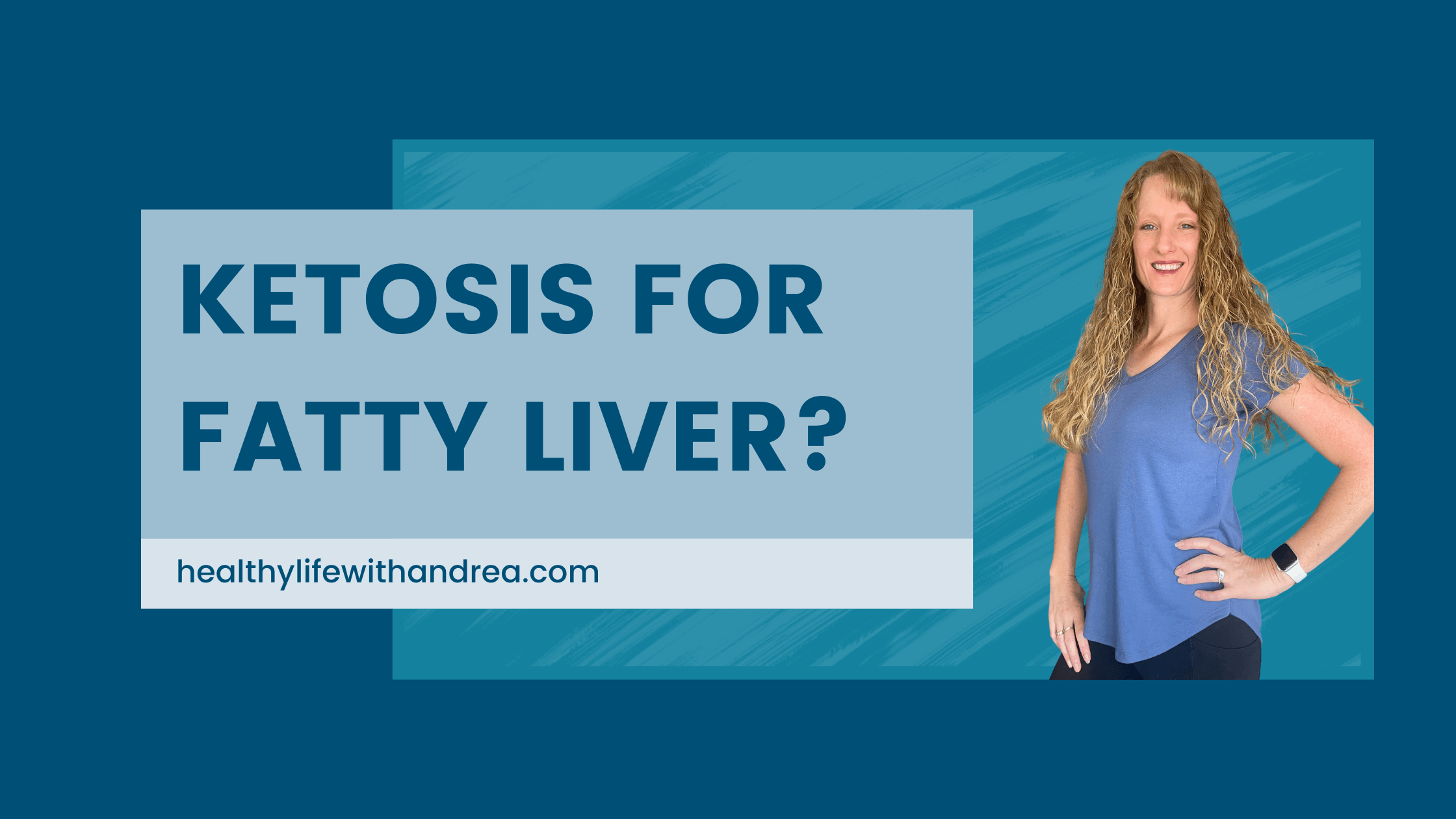
Today, we’re talking about fatty liver and specifically how the state of ketosis can be leveraged to clear the fat from the liver.
Let’s first define fatty liver and ketosis.
Fatty liver is a condition of fat accumulation in the liver due to various metabolic conditions. Years ago, the most common reason for fat to accumulate in the liver was chronic alcohol consumption. Today, the vast majority of fatty liver is due to metabolic dysfunction. This used to be referred to as non-alcoholic fatty liver, now it’s called metabolic dysfunction-associated steatotic liver disease - a very complicated title! We’ll just stick to fatty liver for this podcast. This is the most common liver disorder in the world with an estimated prevalence of 32% - ⅓ of the population! The fat that accumulates interferes with proper liver function.
Now, most of us think of the liver as a filtration organ used for detoxification. While that’s true, that’s only one small aspect of what the liver does for us on a daily basis. The liver is a primary metabolic organ - breaking down, processing, transporting, and storing nutrients like carbohydrates, proteins, lipids, immune cells, vitamins, and minerals. It also makes several hormones, regulates insulin production and use, plays a role in regulation of blood pressure, produces bile for fat digestion, regulates blood clotting, and eliminates worn out red blood cells. This is just a small list of the over 500 critical functions the liver does for us every day. When it becomes fatty…any or all of these functions can be impaired or prevented. The fat accumulation also increases inflammation which can lead to tissue damage of the liver, contributing to the development of cirrhosis or fibroids which become significantly harder or impossible to repair. Conventional medicine doesn’t have many answers for fatty liver reversal outside of weight loss and some medications for related conditions like type 2 diabetes or hypertension.
Ketosis is a natural metabolic state where the body or certain cell types are fueled by ketone bodies. Ketone bodies are produced from fats. These ketone bodies are able to float through the blood, unlike fatty acids. They are also small enough to get into the brain to fuel some tissues in the brain. This is a metabolic state that can only occur when insulin levels are low. What lowers insulin? Lowering blood sugar. What lowers blood sugar? Lower carb intake, exercise, managing stress, and fasting are great ways. Most people report that they have less appetite, more energy, improved brain function, and improved moods when they’re in ketosis.
Ok, so back to how this can be helpful for reversing fatty liver…
In the earlier stages of fatty liver development, before cirrhosis or steatohepatitis develop, ketones can readily be made by the liver, breaking down that stored fat for fuel and thereby removing the fat accumulation. Of course, this can only happen when dietary and lifestyle modifications have been made to allow insulin levels to drop and ketones to be produced. In the later stages of disease progression, the liver may be incapable of producing ketones adequately. Getting into a natural state of ketosis not only helps to clear the fat from the liver, but also helps to protect the liver from fibrosis, scarring, and inflammation associated with worsening fatty liver.
Beyond the benefits for fatty liver reversal, a well formulated ketogenic diet or any nutritional strategy that allows for a state of ketosis, simultaneously improves insulin sensitivity, increases fat burn, reduces systemic inflammation and can aid in repairing overall metabolic function throughout the body.
What is a well-formulated plan? One that involves whole, real food - not that marketed as “keto-friendly”. One that involves eating meals, not snacks. One that promotes healthy activity, stress management, quality sleep, and provides all nutrients needed for proper bodily function.
You probably know people who have implemented a fasting regimen, a ketogenic or low carb diet…and some did amazingly well while others got worse or didn’t see progress. All are true possibilities. However, in my clinical experience, those who get worse or don’t see positive benefits often aren’t implementing a well formulated plan. They’re either relying on food like products that are labeled ‘keto-friendly’, are overconsuming hyperpalatable keto treats (even those made at home) like fat bombs, they’re simply eating too often to allow insulin levels to sufficiently drop for ketosis to happen, or they simply didn’t give the plan enough time to work. We know this by testing for ketones. Ketosis doesn’t happen overnight after decades of eating a high carb or high refined diet. It takes time for the body to decrease insulin production, to burn up extra stored sugars and to see metabolic changes. The body has to feel safe, well cared for, and adequately nourished before it will release stored fuels. If your body senses a high stress or dangerous environment from years of calorie restriction, fake foods, high sugars, frequent consumption, over exercising, being too sedentary, or taking in harmful substances like alcohol, tobacco, marijuana, prescription or over the counter medications or too many unnecessary supplements…it won’t release stored fat. That fat is protecting you; keeping you alive in times of famine and shielding you from internal toxins.
You have to prioritize quality foods, adequate rest, quality sleep, reduce emotional, physical and chemical stressors. And give it time to work.
I work with people every day who come to me having ‘done it all’, tried every plan, and couldn’t get or keep the results they wanted. We get to the bottom of why things aren’t moving, implement a strategy to address the block, and get long term results.
You can too. You’re not broken. Every condition can be improved upon if not fully reversed. You just need the right plan.



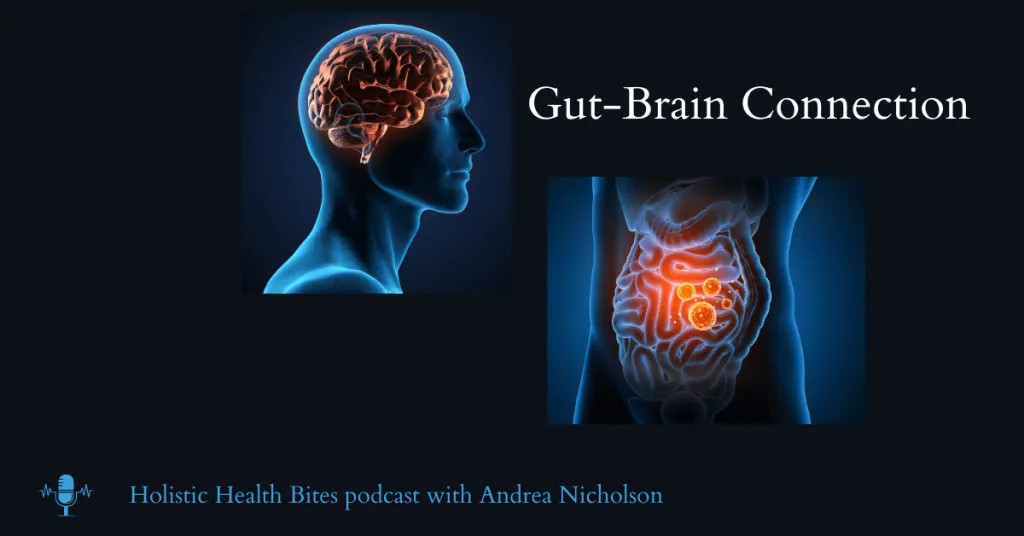
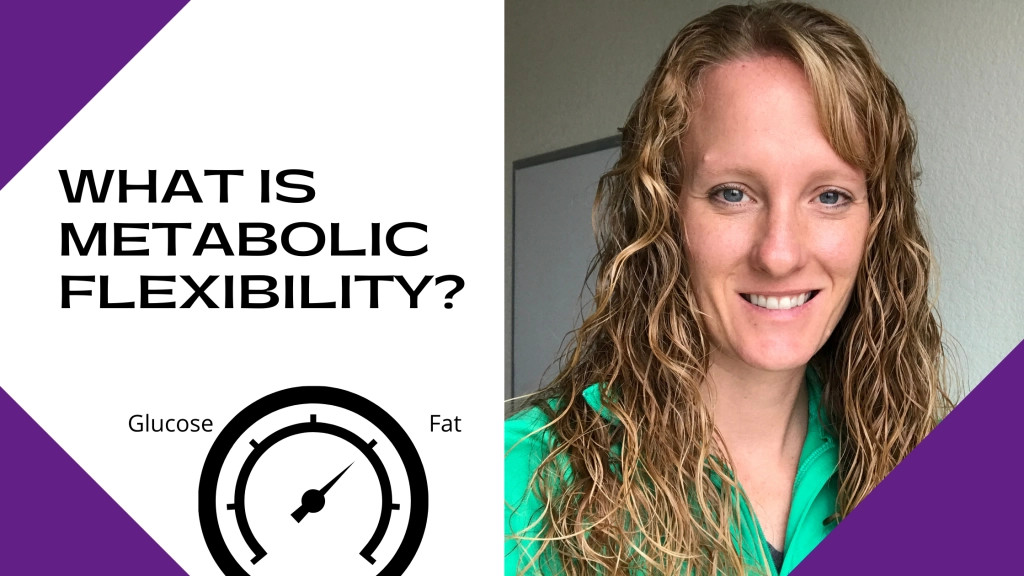

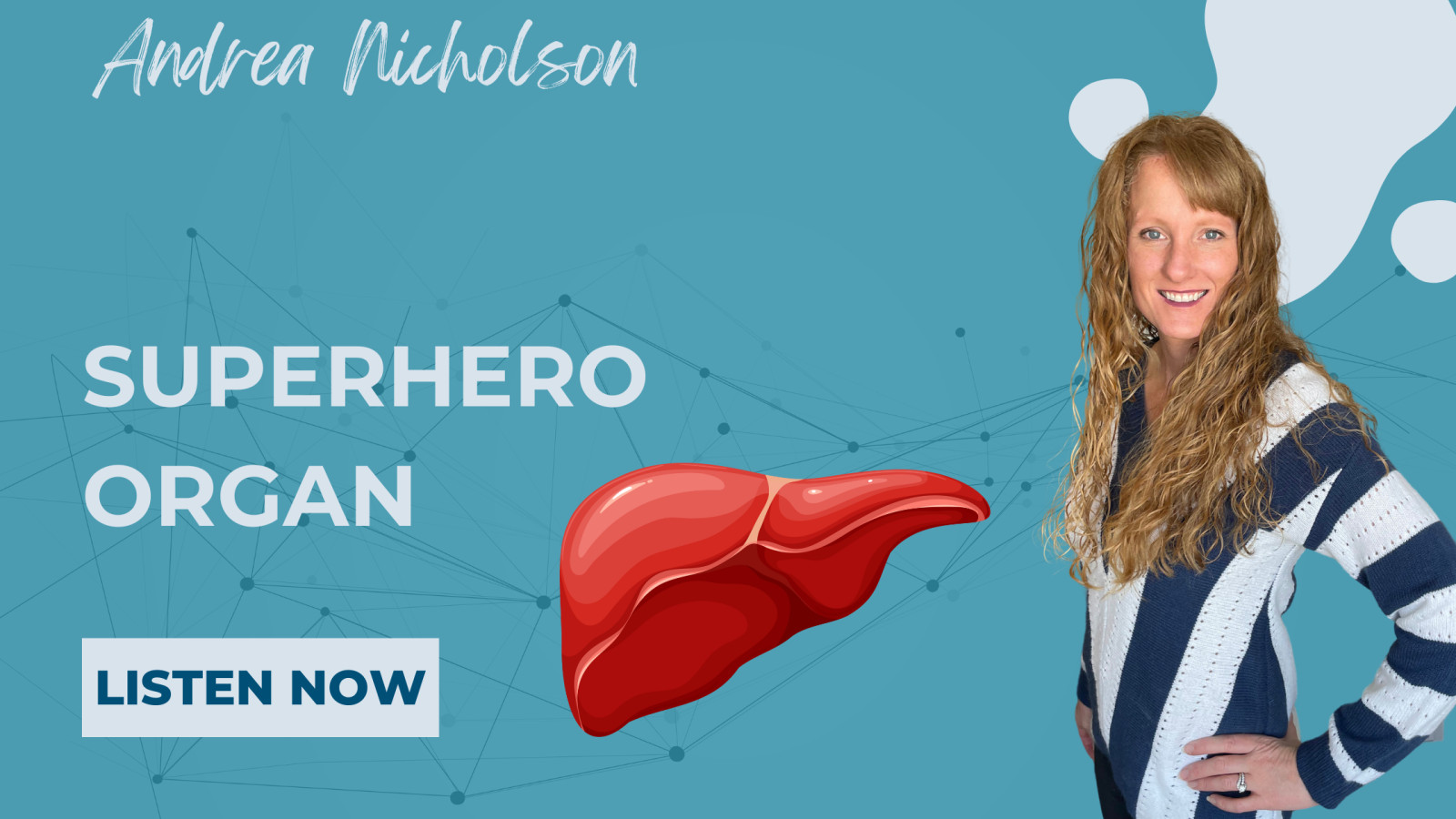

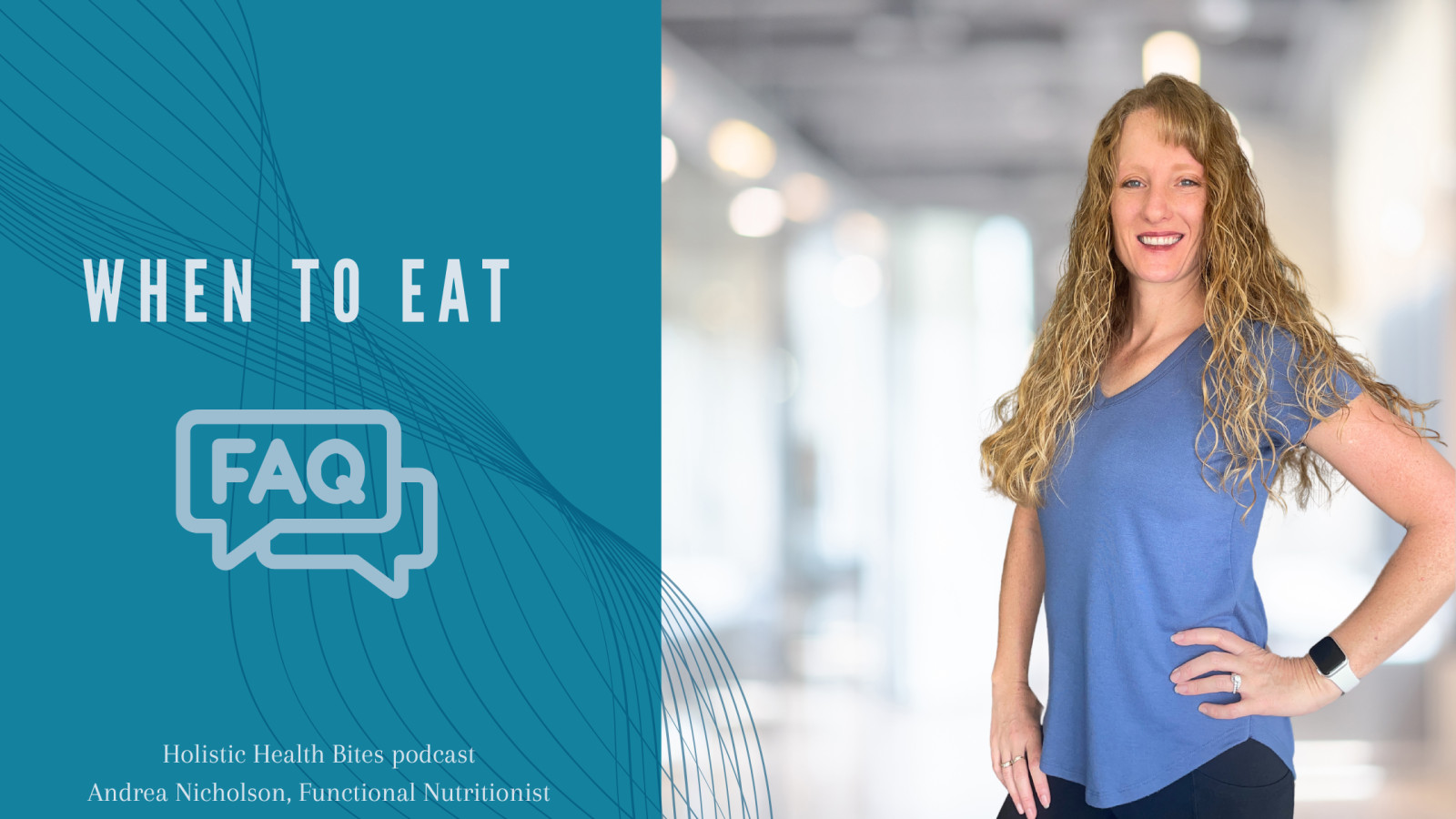


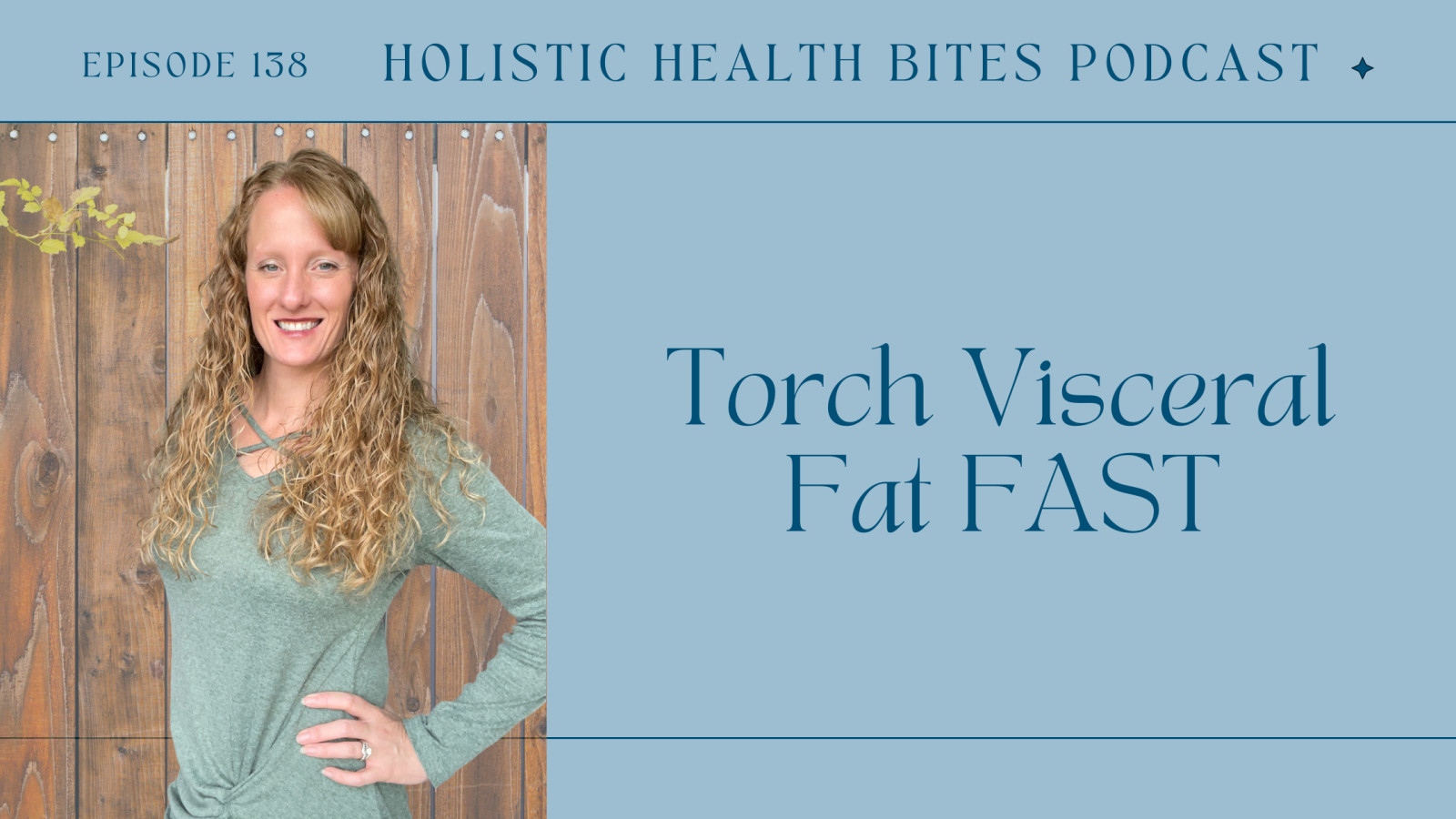
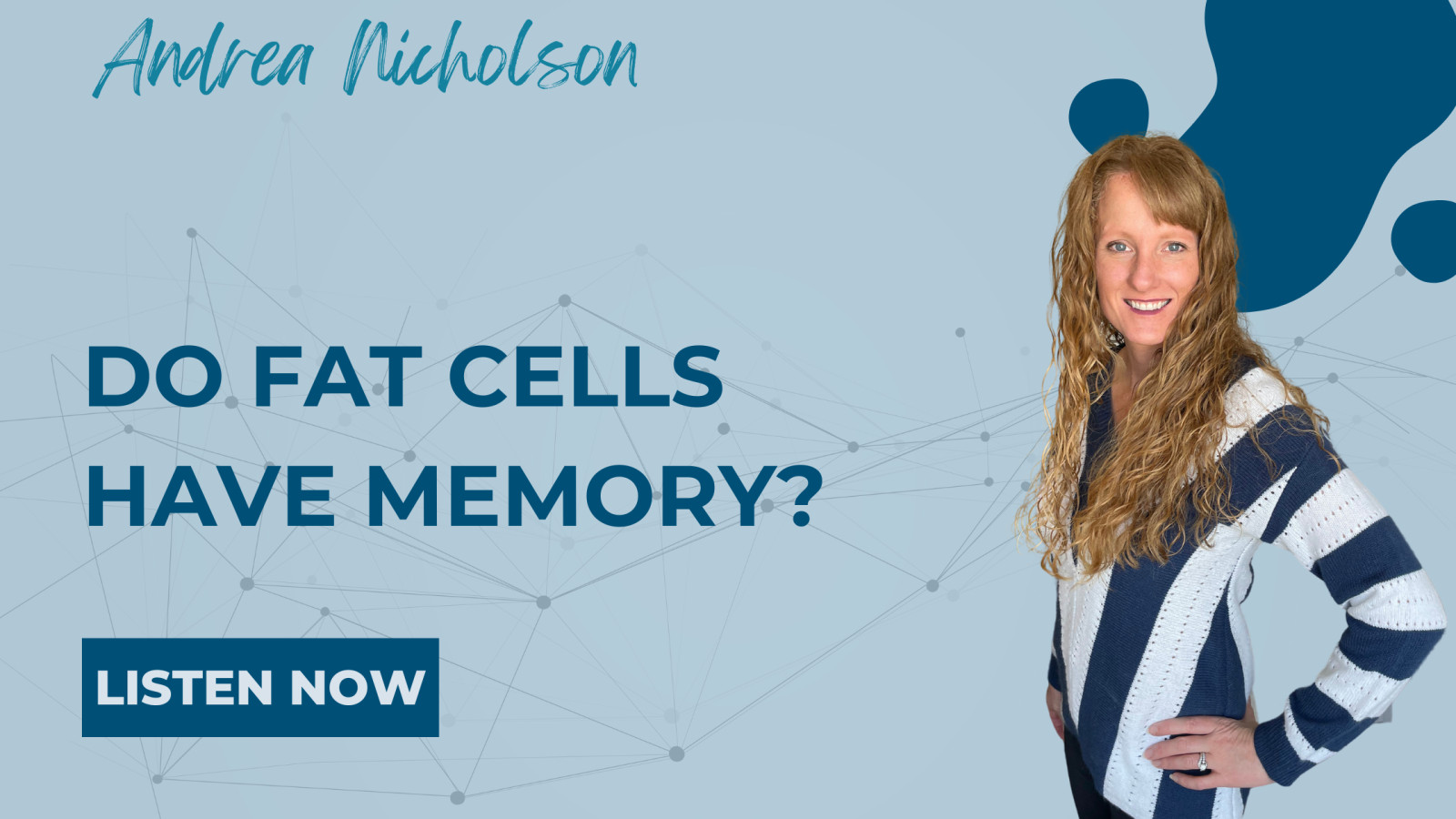

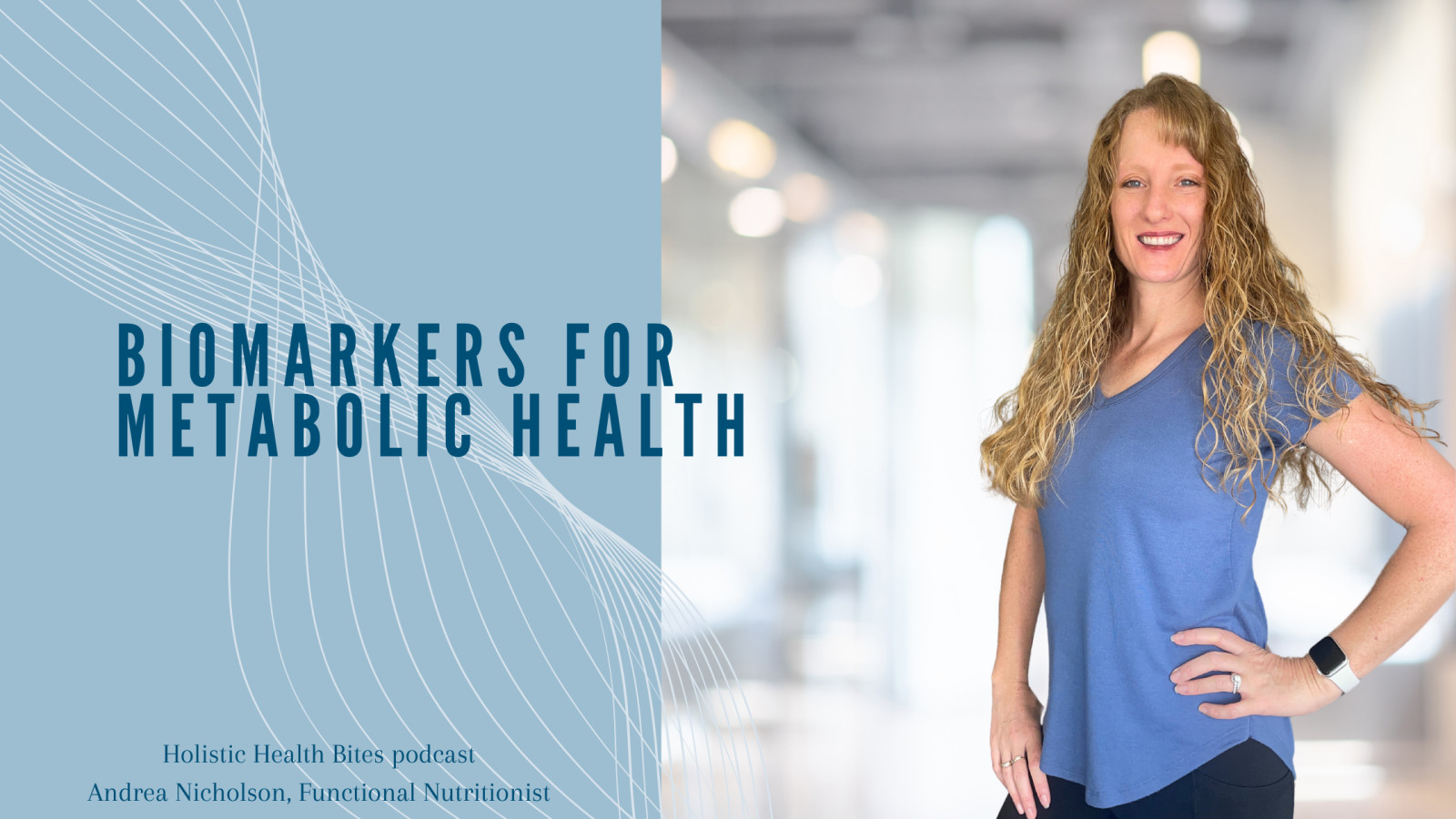






0 Comments